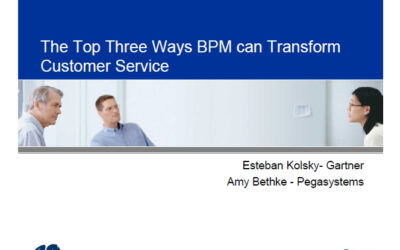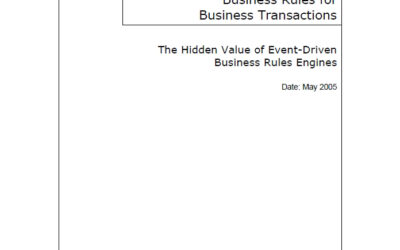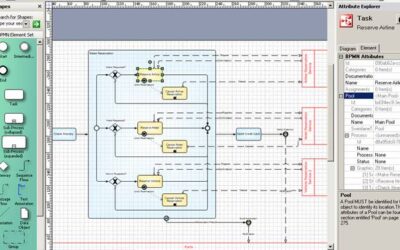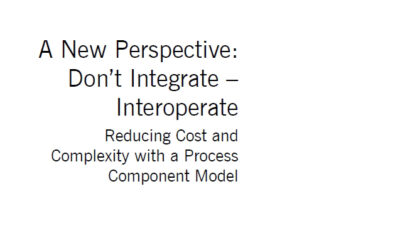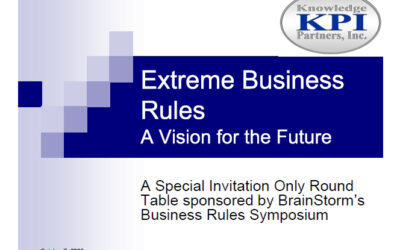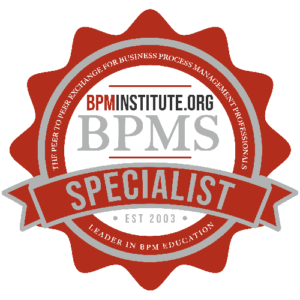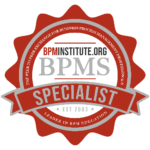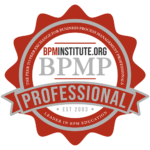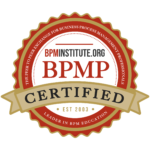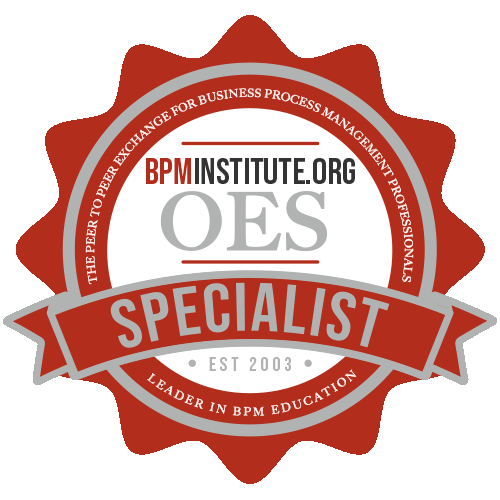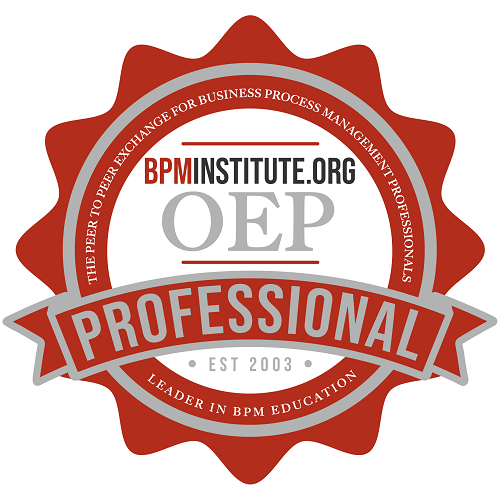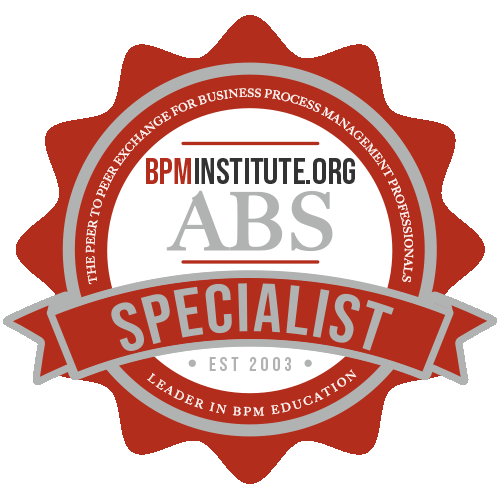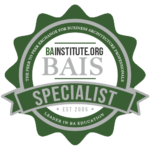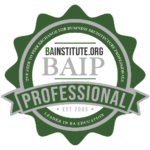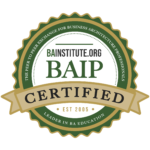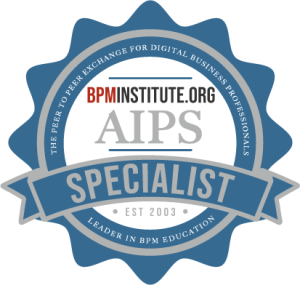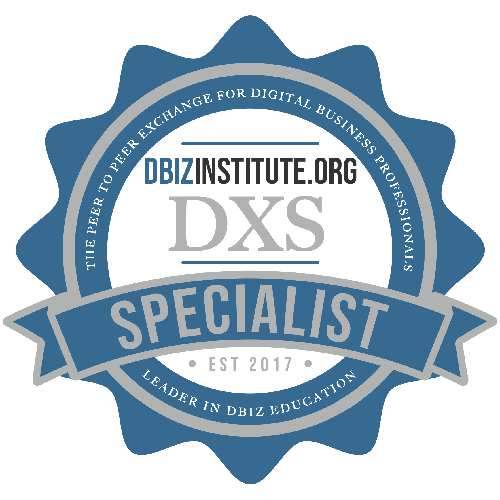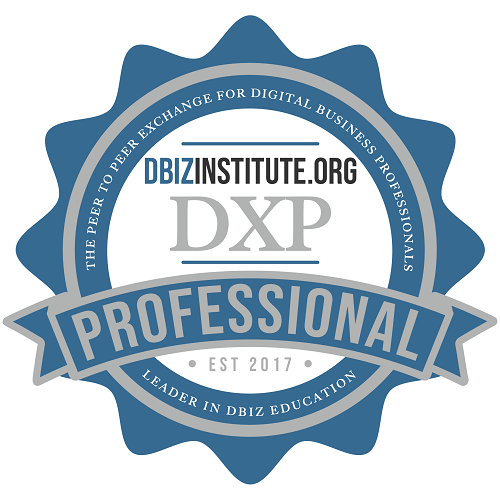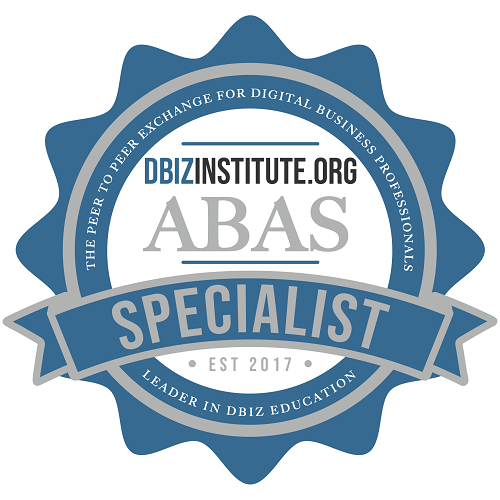What if you could set your business goals for customer interaction and have your systems automatically meet those goals by driving the process for the right customer at the right time? What if your business processes weren’t focused on specific departments or channels, but were truly customer-centric and bridged your entire enterprise? And, what if you could introduce new products, services, and operational procedures within weeks instead of months? The result? The ability to transform your customer service operation and achieve quantum leaps in retention, productivity, and growth.
Articles by: BPMInstitute.org
Managing Processes for Performance: Applying Performance Management to your Business Processes
Business Process Management (BPM) technology continues to grow and mature. Yet the breadth and complexity of business processes seems to be expanding at an even faster pace.
Driven by massive reductions of transaction costs, a new generation of business redesign possibilities is being exploited by businesses to gain competitive advantage.
Business Rules for Business Transactions: The Hidden Value of Event-Driven Business Rules Engines
Business Rules Engines (BREs) have been getting more attention over the last few years. Seen as a way to increase the visibility and accessibility of a business’ core policies as they exist in applications and ensure a stronger alignment of business priorities and application systems, these engines are being used to automate a company’s business rules in a consistent and cost-effective manner.
BPMS Watch: Is Visio Your Next BPMS Design Tool?
Before the advent of business process management systems (BPMS), there was a clear distinction between business process modeling and BPM application design. “Modeling” involved a set of tools for business analysts used to discover, diagram, analyze, and optimize business processes, often in concert with some formal methodology. The ultimate output of this effort, if used to create an automated BPM solution at all, served mainly as a “requirements document” that would (hopefully) be referenced by IT in the solution specification and design.
A New Perspective: Don’t Integrate – Interoperate Reducing Cost and Complexity with a Process Component Model
Integration is all too often seen as the only answer to the problems facing organisations. These problems typically involve the historic implementation of systems and applications, which were installed to solve specific issues. However, if organisations solve the problems of the now without regard to the future, then they are simply wasting resource in a bid to maintain a certain position.
Are You Ready For Extreme Competition? The Process Centric Culture
In the first webinar, we’ll discuss that to be able to truly compete in the 21st century, organizations have to be able to react quickly to changing business conditions, be flexible in approaches to competition and manage resources effectively.
This webinar will address how to create and manage the evolution of a process-centric culture within your organization that makes your business better suited to compete in today’s world of extreme competition. Attendees will learn how best practices, centers of excellence and real execution sponsorship are becoming the critical success factors for the 21st century’s industry leaders.
Are You Ready For Extreme Competition?
Best Practices in Business Process Management
Business process management is a top priority for organizations today. The BPM market is hot and it is important to know what the basic steps of BPM strategy are and who the vendors are and what they offer. The scope of what BPM is and what it can do for your organization is changing. There is still a lot of hype, so everyone needs to know who is doing what, and how well it works. Every organization needs a BPM strategy and a comprehensive deployment plan.
The Customers Win through BPM
Forrester defines BPM as: The designing, executing and optimizing of cross-functional business processes that incorporate systems, processes and people.
BPM systems are being used with increasing frequency inside organizations to improve the effectiveness of their core operations.
BPMS Watch: Without a BPMS, It’s Not Really BPM
This is the first installment of a monthly column. My focus is software technology dedicated to automating, integrating, and managing business processes, the building blocks of so-called business process management systems (BPMS). I readily admit that within the BPM community there is a contingent that believes BPM has little to do with software, that it’s really a new way of thinking about the business.
Back To The Future – Lessons Learned From Past Futures
Leading companies are integrating and optimizing end-to-end business processes and crossing traditional IT system boundaries within organizations. In addition to requiring a good integration strategy, this trend forces companies to adopt process orientation and explore BPM as a technology to orchestrate, optimize and increase flexibility.
Brett Champlin is an internal Process Consultant who leads business and IT process redesign projects. He led the development of an enterprise process model repository and the selection of the enterprise process modeling, analysis and design tools.
